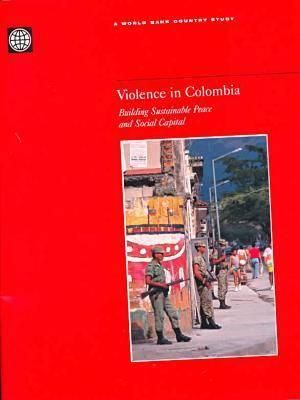Violence in Colombia Building Sustainable Peace and Social Capital

- Authors
- Group, World Bank
- Publisher
- World Bank Publications
- Tags
- test
- ISBN
- 9780821343838
- Date
- 2000-01-03T00:00:00+00:00
- Size
- 0.18 MB
- Lang
- en
Colombia, one of South Americas oldest, middle-income democracies, has developed rapidly despite a fifty year 'simmering' civil war and increasing levels of urban and rural crime and violence. In the past decade, however, the scale and intensity of violence has changed from a marginal conflict to generalized violence that now dominates the daily lives of most citizens. As remote guerilla activity has turned into country-wide 'war', bringing in paramilitary groups, drug cartels, and other social actors, so too the causes of violence have changed. These have included both external events such as the collapse of the Cold War, as well as internal changes relating to economic liberalization, coal and oil developments and the impact of the global trade in illicit narcotics. Violence in Colombia is highly complex not only because of the different categories, but also due to its multiple causes. This paper combines disparate existing theories to develop an integrated framework that identifies four different levels of causality: structural, institutional, interpersonal, and individual. It recognizes the mutually reinforcing role played by factors at different levels of causality. Underlying the causes of violence in Colombia is minimal state presence in many parts of the country, widespread corruption and impunity, high levels of societal acceptance of violence, and a regionally fragmented country.